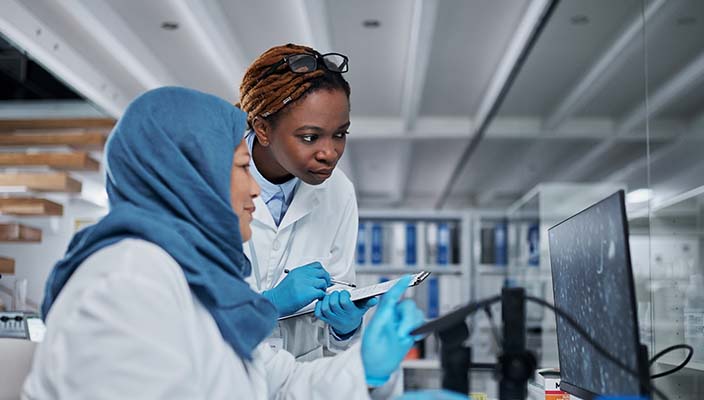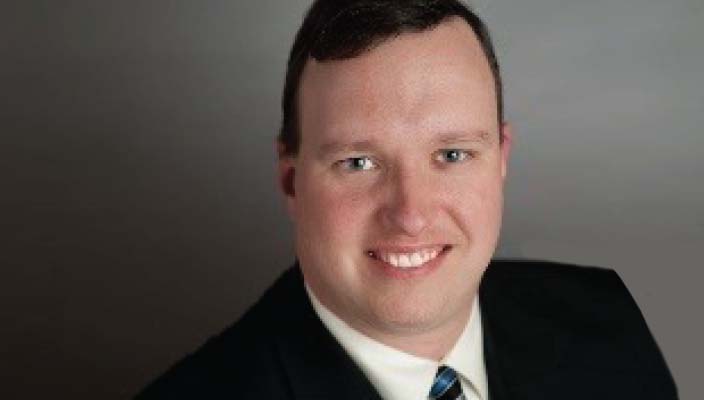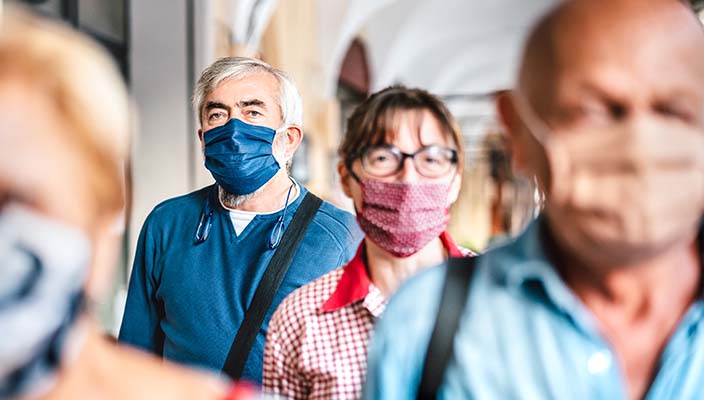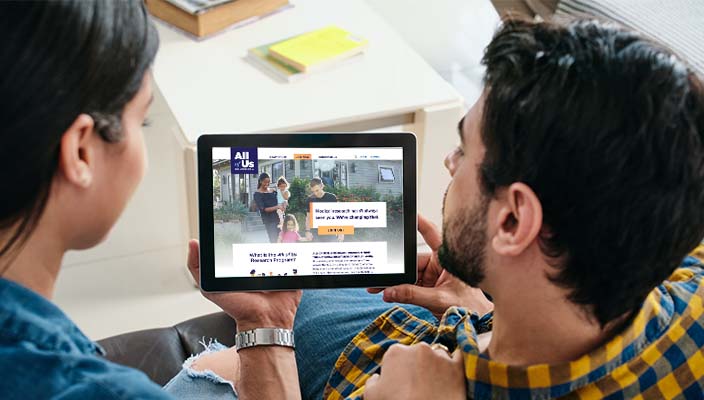Happy Women’s History Month! At the All of Us Research Program, we celebrate the many women who work hard to help us reach our goal of creating one of the most diverse health databases in history.
To learn more about what it’s like to be a woman working in science, we asked six women at All of Us about their career paths. These women contribute to the program as researchers, participant partners, and program directors. Below, they share their successes and some important lessons they have learned along the way.
Greatest career successes (so far!)
Many people start careers in science because they want to figure out the mysteries that make the world work. Some make brand-new discoveries. Take Edina Harsay, Ph.D., a participant partner and member of the All of Us Steering and Executive Committees. When she was just starting her career, she combined computer science and cell biology to identify a new protein. Now researchers around the world are studying this protein, called AVL9, for its possible role in colon cancer.
Some researchers love science because they can use it to help people. All of Us researcher Hoda Anton-Culver, Ph.D., has spent her life studying cancers—specifically types of cancer that can run in families, such as breast, colorectal, and prostate cancer. Now she directs the Genetic Epidemiology Research Institute at the University of California, Irvine. Holly Nicastro, Ph.D., M.P.H., says she landed her “dream job” with All of Us through the Nutrition for Precision Health program, which will allow researchers to discover how the foods we eat affect our health.
Sometimes the highlight for scientists is not just what they discover but how they do the work. For Nazia Hussain, M.A., a participant partner on the All of Us Steering Committee, the draw is getting to team up with diverse communities to address needs in health care and education.
Engaging communities is also important to Michelle Hamlet, Ph.D. As the director of cohort development for All of Us, she is responsible for bringing people into research by enrolling health care provider organizations. Dr. Hamlet has years of experience in getting people involved with research. More than a decade ago, she and her team formed the Community College Summer Enrichment Program, blazing a path for community college students to be more involved with research. “Now there is a guaranteed place for community college students in research labs at NIH,” Dr. Hamlet says.
For some scientists, including Tram Huyen, Ph.D., the biggest successes involve achieving the elusive work-life balance. Dr. Huyen serves as the director of innovation and acting chief of staff for All of Us. She has long realized that it’s important for her mental well-being to be a scientist who still prioritizes her family. She reminds us that a career in science doesn’t require choosing between success and a healthy work-life balance.
Overcoming obstacles
“Women have no place in science” is an attitude no one should encounter—and yet a college professor said those exact words to Dr. Hamlet. In 2019, women made up less than one-third of all employed scientists and engineers. Their smaller numbers in some work environments can create challenges. Dr. Nicastro says, “People have spoken over me or directed questions to a male colleague even though I had just presented on the topic.”
Ms. Hussain and Dr. Huyen both spoke about the additional issues that some women face because of other identities they hold, including being a woman of color and being younger. To ensure that her voice is heard, Dr. Huyen says she actively works to develop deep trust and respect with her colleagues.
However, when faced with barriers, Dr. Anton-Culver says, “Women are resilient.” The women at All of Us have some advice for anyone dealing with similar situations:
- Talk through problems with a trusted mentor or colleague. Don’t be afraid to ask for help.
- Be as clear as you can when you explain your point of view.
- Stay focused and goal oriented.
- Never lose your eagerness to explore and discover new things.
As for Dr. Hamlet, that same college professor later asked her to represent the college as a researcher at an important institute. With this, she proved to herself and those around her that there is no doubt that women belong in science.
Advice for girls and women who want to get involved in science
There are many ways to be a scientist. “Science is not limited to labs and microscopes,” says Ms. Hussain. “It is in anything that charges your curiosity and desire to advance the way things are.” Dr. Nicastro agrees that curiosity is key, saying, “The things in life that don’t make sense are so much more interesting than the things we can easily explain.”
Even if science is not your day job, you can still take part. You can volunteer at your local science museum or help out at a science-based charity. (Participating in All of Us is also a great way to contribute to science!)
No matter what you're interested in, there is a place for you in the science community. If you want to get involved, Drs. Hamlet, Harsay, and Huyen have some advice: "Know your worth." Surround yourself with people who support you. And last but certainly not least, pursue your passions with "vigor and unabashed confidence."
It all starts with making the decision to explore your interests. No matter who you are or where you come from, remember Dr. Anton-Culver's words: "You have the power to make the world a safer, healthier, and more enjoyable place for all of us."









